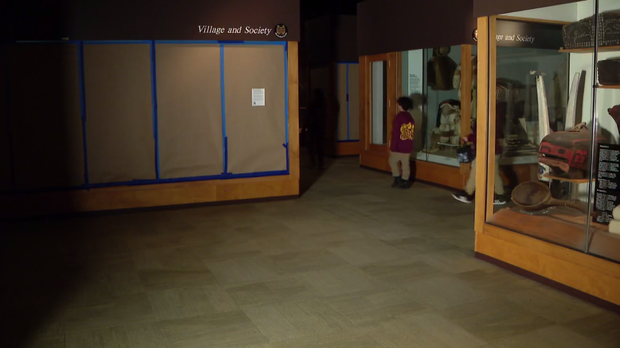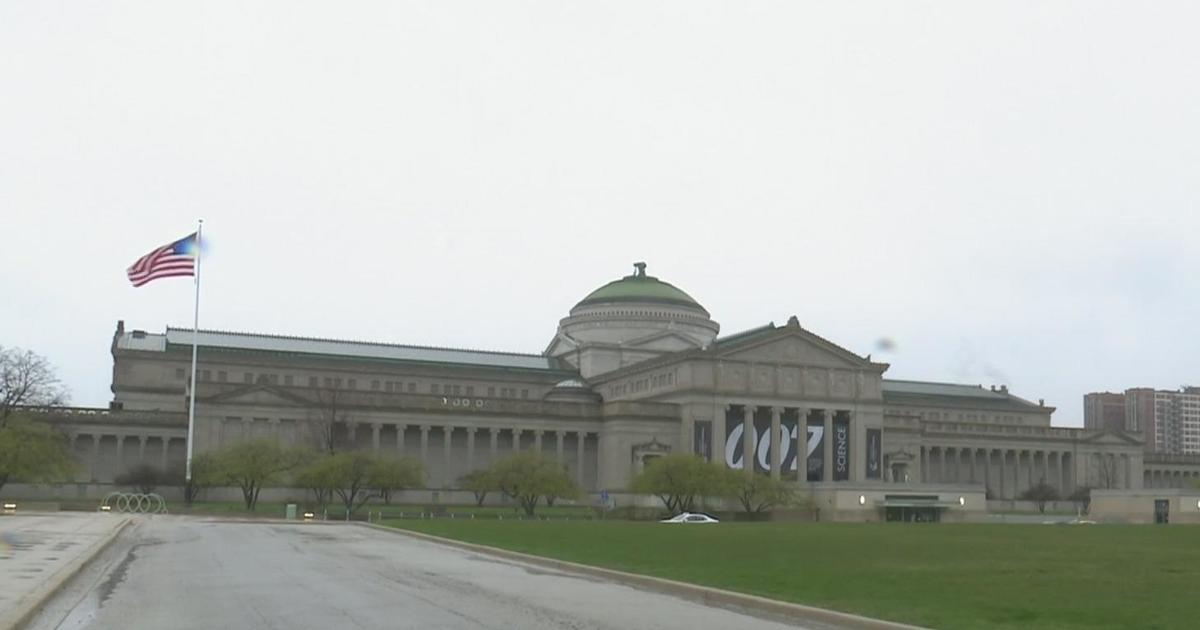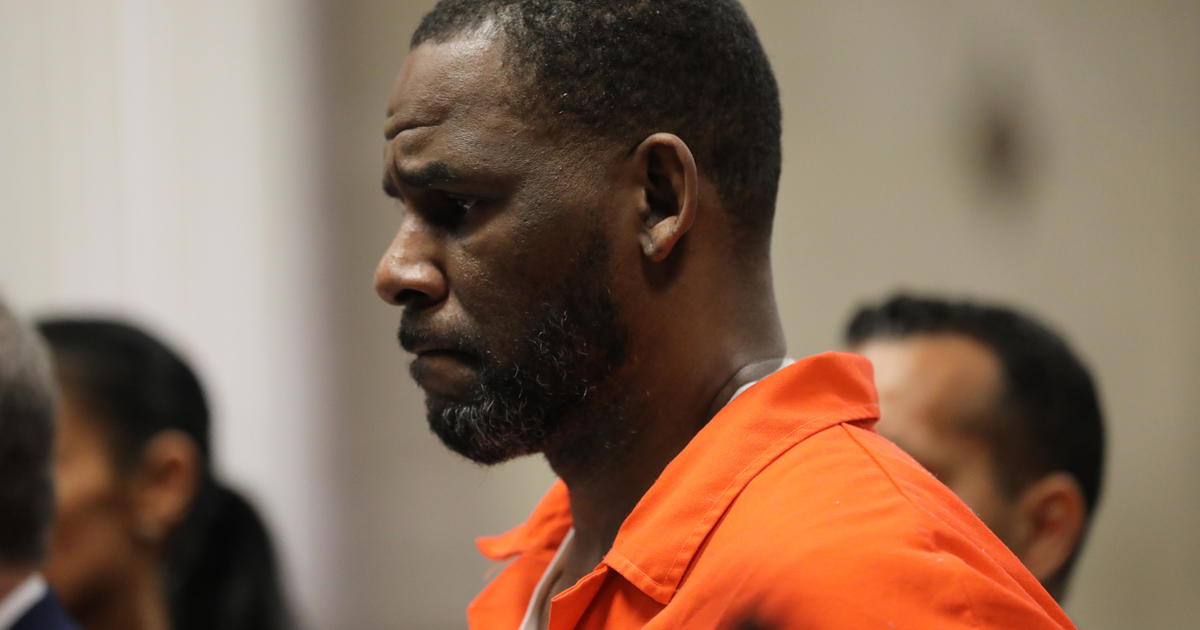Field Museum covers Native American displays to comply with new federal rules
CHICAGO (CBS) -- The Field Museum of Natural History has covered some Native American displays to comply with new federal rules requiring permission to exhibit sacred cultural artifacts.
Changes to the Native American Graves Protection and Repatriation Act (NAGPRA) now require consent from "lineal descendants and/or affiliated Native American Tribes or Native Hawaiian Organizations for Native American sacred objects, objects of cultural patrimony, funerary objects, and/or human remains to be on view," the museum said in a statement.
The displays are in the Field's Robert R. McCormick Halls of the Ancient Americas and the Alsdorf Hall of Northwest Coast and Arctic Peoples.
"These display cases have been covered because they contain cultural items that could be subject to these updated NAGPRA regulations. There are no Native American human remains on display at the Field Museum," the museum said.
The displays will remain covered with black curtains while Field Museum workers contact the appropriate groups for their input on how or whether to display the items. The new rules allow museums five years to complete that work.
Signs are set up to explain why the displays are covered up.
"We have taken off display or covered the cases with objects that are of cultural sensitivity – either things that are grave goods, or ceremonial goods, or important for cultural patrimony," said Jaap Hoogstraten, head of exhibitions at the field Museum.
Hoogstraten said the Field Museum is proud to have led the charge when it comes to making changes to follow the new federal rules. While there are no human remains on display, Hoogstraten listed some of the items that still needed to go behind the brown paper.
"Black and white pottery that most major museums in this country have," he said. "Many of those things could be from graves, from burials."
Experts in the museum, per the new rules, need to connect with the Native American communities connected to each item. Those conversations can lead to permission to continue to keep something on display – or to return, or repatriate, important cultural items to descendant communities.
The Field Museum has been undertaking that mission since the 1990s.
"There are dozens and dozens of communities to consult," said Hoogstraten. "So it'll take quite a while – let alone that all the museums in the country are dealing with the same thing."
The new rule is something with which the museum has already been complying in newer exhibits – such as the "Native Truths: Our Voices, Our Stories" exhibit, which replaced the Native North America Hall and was developed with the personal input of Native people.
"All those items on display have the permission of the right community," Hoogstraten said of the Native Truths exhibit.
The impacted sections of the museum that have been covered date back to the 1980s and 1990s.
While the process will likely take years, Hoogstraten said, "Working collaboratively with the Native communities is how we will go forward – and to be honest, this is a really joyful thing to do."
It is not clear how long the affected displays will be covered up.
The Illinois State Museum in Springfield is undertaking a similar mission. In a statement, director of communications Jayette Bolinski wrote: "The Illinois State Museum is actively consulting with federally recognized Tribal Nations for the respectful repatriation of human remains and cultural objects under NAGPRA. The Museum will defer to their guidance on what is appropriate to display."
New York American Natural History Museum Closing Exhibits
The American Museum of Natural History in New York is closing the Eastern Woodlands and Great Plains Halls to visitors and staff.
Both halls "display artifacts that, under NAGPRA, could require consent to exhibit. The number of cultural objects on display in these Halls is significant, and because these exhibits are also severely outdated, we have decided that rather than just covering or removing specific items, we will close the Halls," the museum president, Sean Decatur, said in a memo to staff. Additional display cases in other parts of the museum will be covered, he said.
"The Halls we are closing are vestiges of an era when museums such as ours did not respect the values, perspectives, and indeed shared humanity of Indigenous peoples. Actions that may feel sudden to some may seem long overdue to others."
What is the Native American Graves Protection and Repatriation Act?
On Nov. 16, 1990, President George Bush signed into law the Native American Graves Protection and Repatriation Act. The law recognizes the rights of lineal descendants and Native American tribes regarding sacred cultural objects, human remains, or funerary objects.
According to the National Parks Service, private collectors, museums, and federal agencies created collections of Native American human remains and other objects unearthed during archeological and anthropological expeditions on tribes' homelands.
The human remains and objects were scientifically examined, curated, and displayed in exhibits.
"For Native American peoples, the desecration of their ancestors' resting places and the removal of their ancestors' remains and objects was deeply offensive and caused significant cultural pain," according to the Parks Service website.
"It's freaking huge," Shannon O'Loughlin, chief executive for the Association on American Indian Affairs, told Native News Online. "It's reminding institutions that they have new obligations with stricter requirements. So even though the Act has always held that institutions don't own these items, they can't just act however they want with our ancestors and items."





